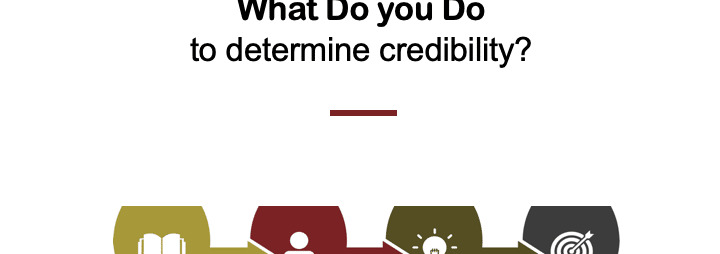What do I do to determine credibility? There is literally no way that I can answer this in a short blog. I am not a mental health professional. I don’t have extensive policing training, I’m not credentialed to run a lie detector, and it’s pretty likely that you are not either. There are things as humans that we know indicate someone is lying, being truthful, nervous, entirely too laid back, whatever it is. We know those things. Even when I’ve taken classes on lie detection, it’s all stuff that you know. The thing about it all is that it can be helpful, but it shouldn’t be more than a tool in your tool belt. If you have a hint that someone is lying because you are a good and smart person, you should double check the things that person is telling you. But it is actually pretty unlikely that I talk about physical demeanor as one of the reasons that I do or don’t give somebody credibility. I do or don’t give people credibility when they say they know things that they can’t possibly know.
When somebody tells me, “Oh, she is late every single morning.” But they work in a different building, there is probably no way that the reporter knows that she is late every single morning unless she also runs the security desk. It comes down to the fact that she is basing that opinion on rumor or she just doesn’t like the person. That’s not credible. There are other things that sometimes people represent to you as truth, but they really don’t know it. It’s all messed up in their head as something between opinion, preference, and the truth. It is your job as an investigator to suss that out with the facts. Rumors about behaviors can be helpful but it is your job as the investigator to identify and quantify the value of the rumor. Again, all these demeanor things and behavioral things that we do about truthfulness and lying in our actions through our bodies are good hints for you as the human investigator, but you can’t rest your conclusions on those. You certainly can’t do it unless you also have credentialing in whatever science it is that you’re using to make those conclusions.
